Japanese Whisky today is hot, but there have been more than a few ups and downs in the category’s short history. Whether you’re a beginner, an enthusiast, or a long-time fan, there are always untold stories to be discovered in the mysterious, closed-off world of Japanese Whisky.
Did you know?
Japan is the 3rd largest producer of Whisky after Scotland and the US.
Suntory is Torii San backward.
The Nikka was known as “Dai Nippon Kaju.”
The famous Japanese Whisky Hibiki is a blended whisky and not a single malt.
Yamazaki, Hibiki, Nikka, Toki are popular Japanese whiskies in India, but the category is expanding with add-ons such as Komagatake and Iwai and Iwai Tradition from the MARS distillery.
History: Japanese whisky origins can be traced back to the 1850s, where whisky production was unorganized and was not a mainstay produce of the distilleries that produced Shochu and Sake. The first established whisky distillery was started in 1923 was Yamazaki. Shinjiro Torii was the founder of Suntory, known as Kotobukiya back then, and built Yamazaki. Masataka Taketsuru is known as the “Father of Japanese Whisky” and established one of the most popular Japanese whisky companies Nikka Whisky.
Characteristics: Japanese Whisky spelled without the ‘e’ and is made from Barley imported from Scotland or Australia and is usually double distilled. While the general perception is that all Japanese whiskies are matured in Mizunara casks, the reality is that they use Ex-Bourbon and Ex Sherry casks like Scotland. Many Japanese whiskies are finished in Mizunara due to the highly porous and leak-prone wood. Vanilla, coconut, and sandalwood are the predominant flavour profiles of Japanese whiskies. And, most Japanese single malts have a bouquet that resonates with most as perfumy and very fragrant.
Whisky distilleries: There are 16 active distilleries in Japan and 6 recorded closed distilleries. While the distilleries are only a handful, each produces multiple whiskies of different styles. From different fermentation durations and yeast strains to the different shapes and styles of the pot stills, the production houses produce enough variants to blend multiple brands. Karuizawa & Hanyu whisky bottles are some of the most expensive Japanese Whiskies from closed distilleries.



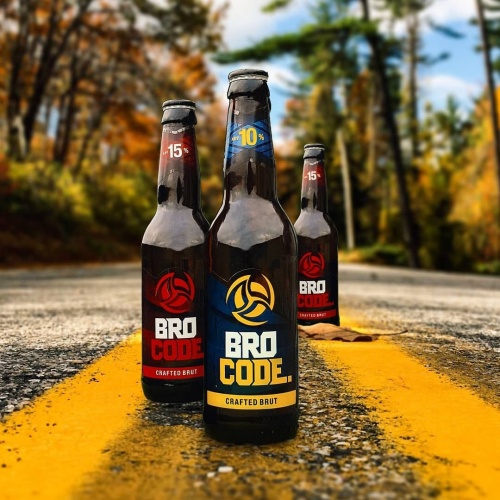

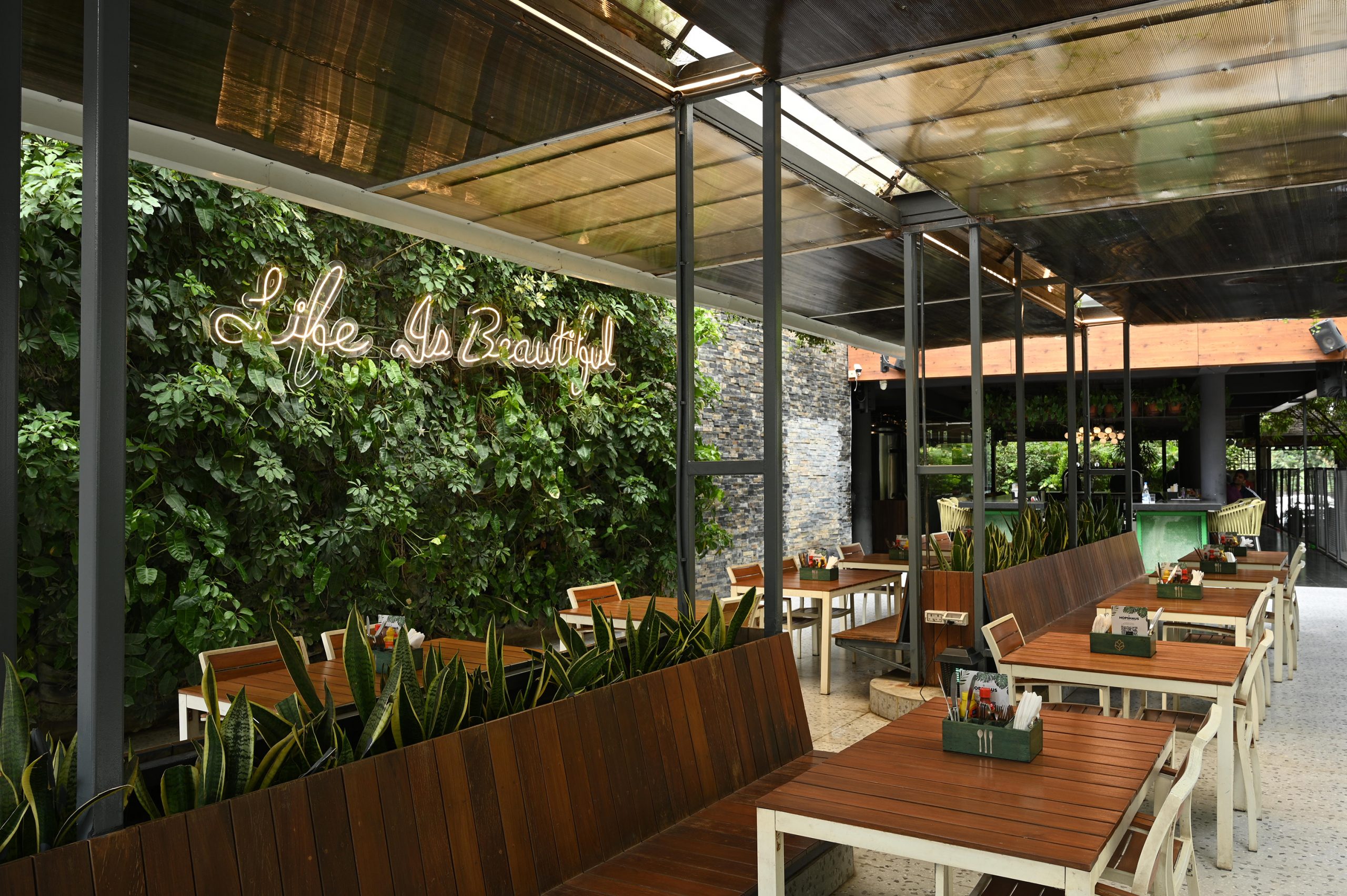
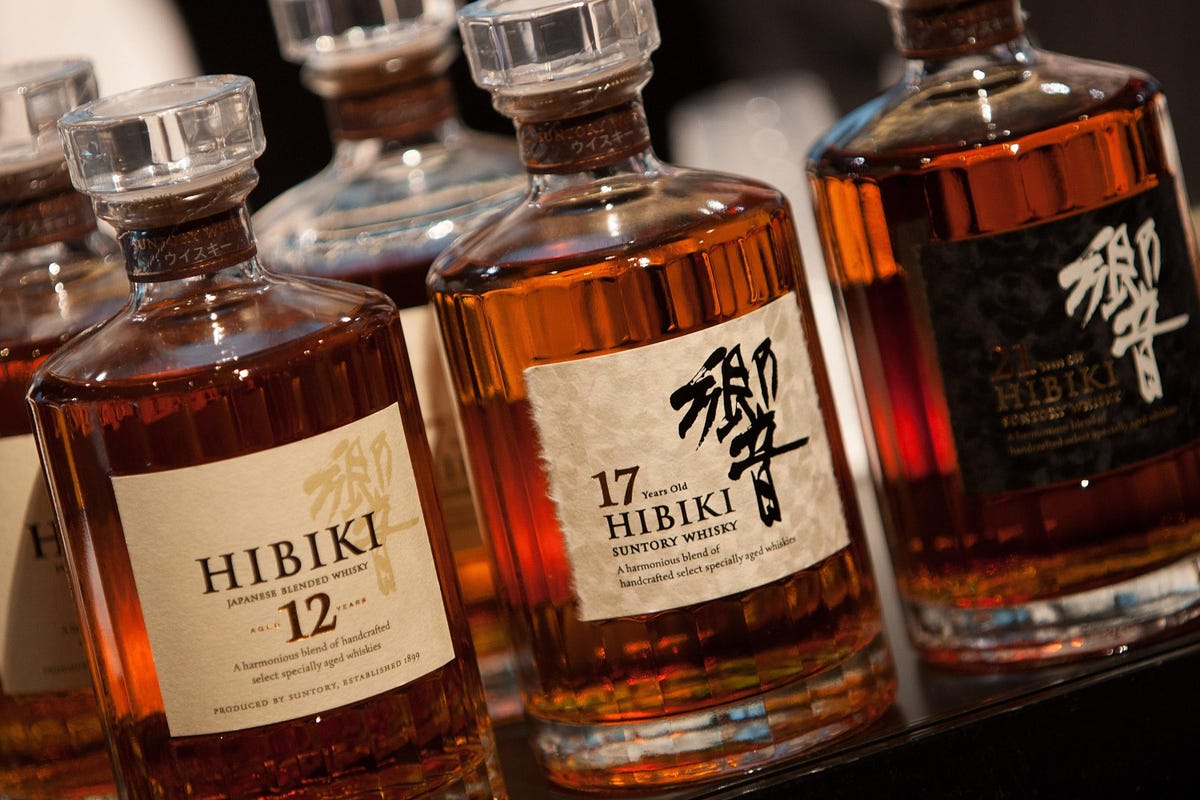


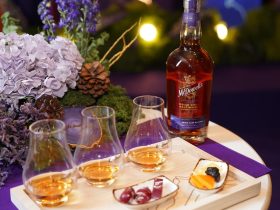
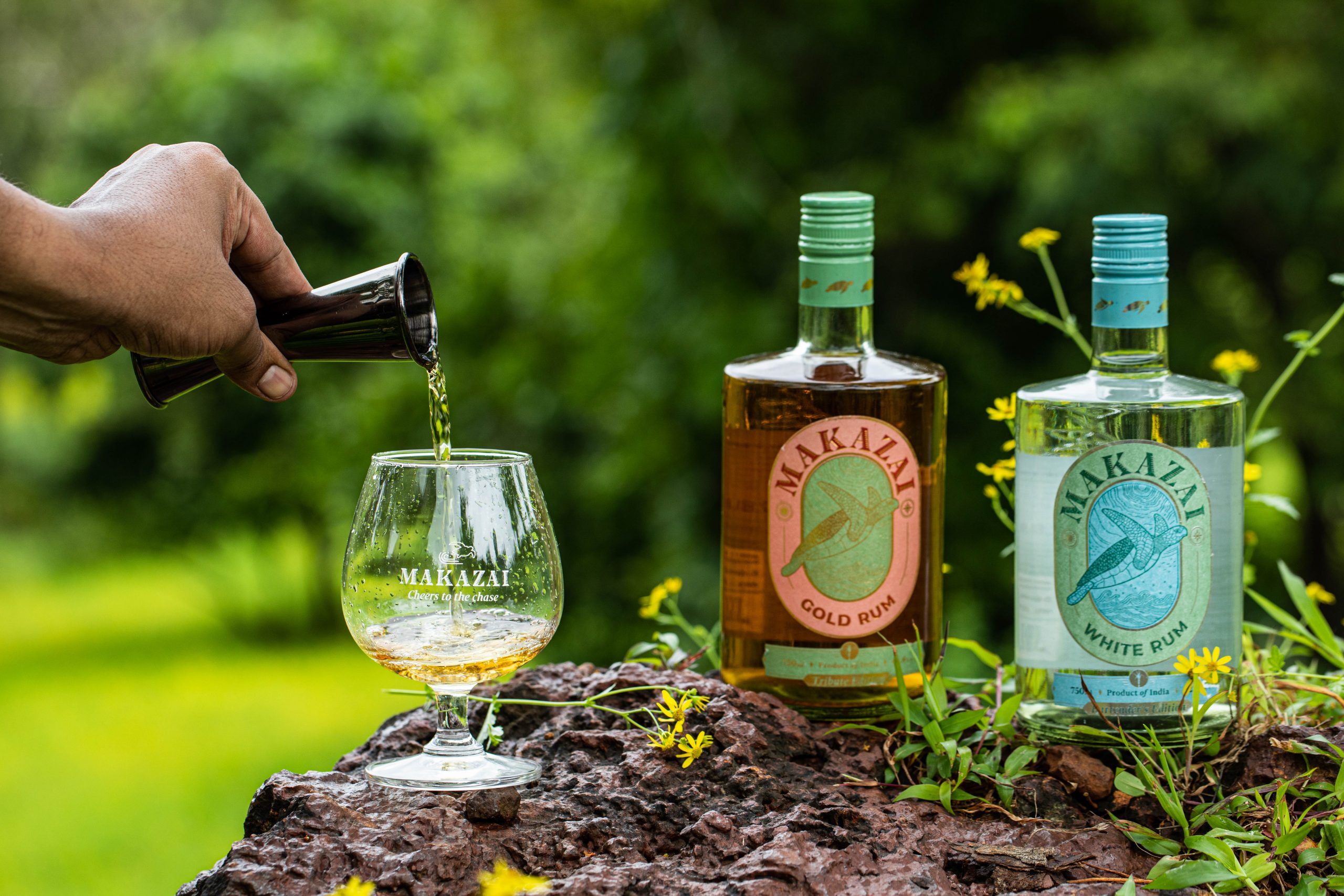


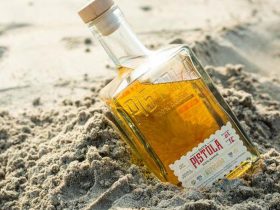

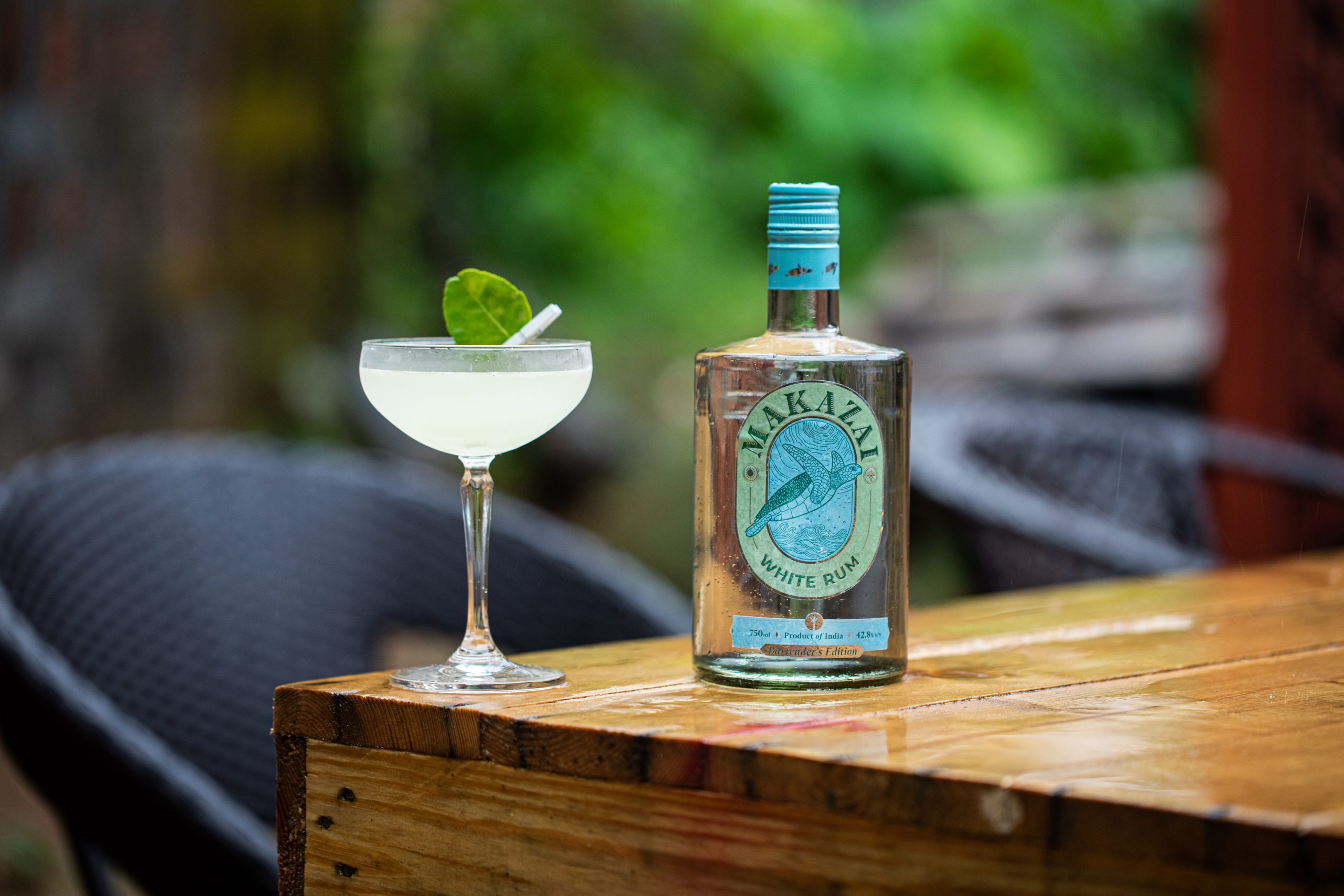
Leave a Reply